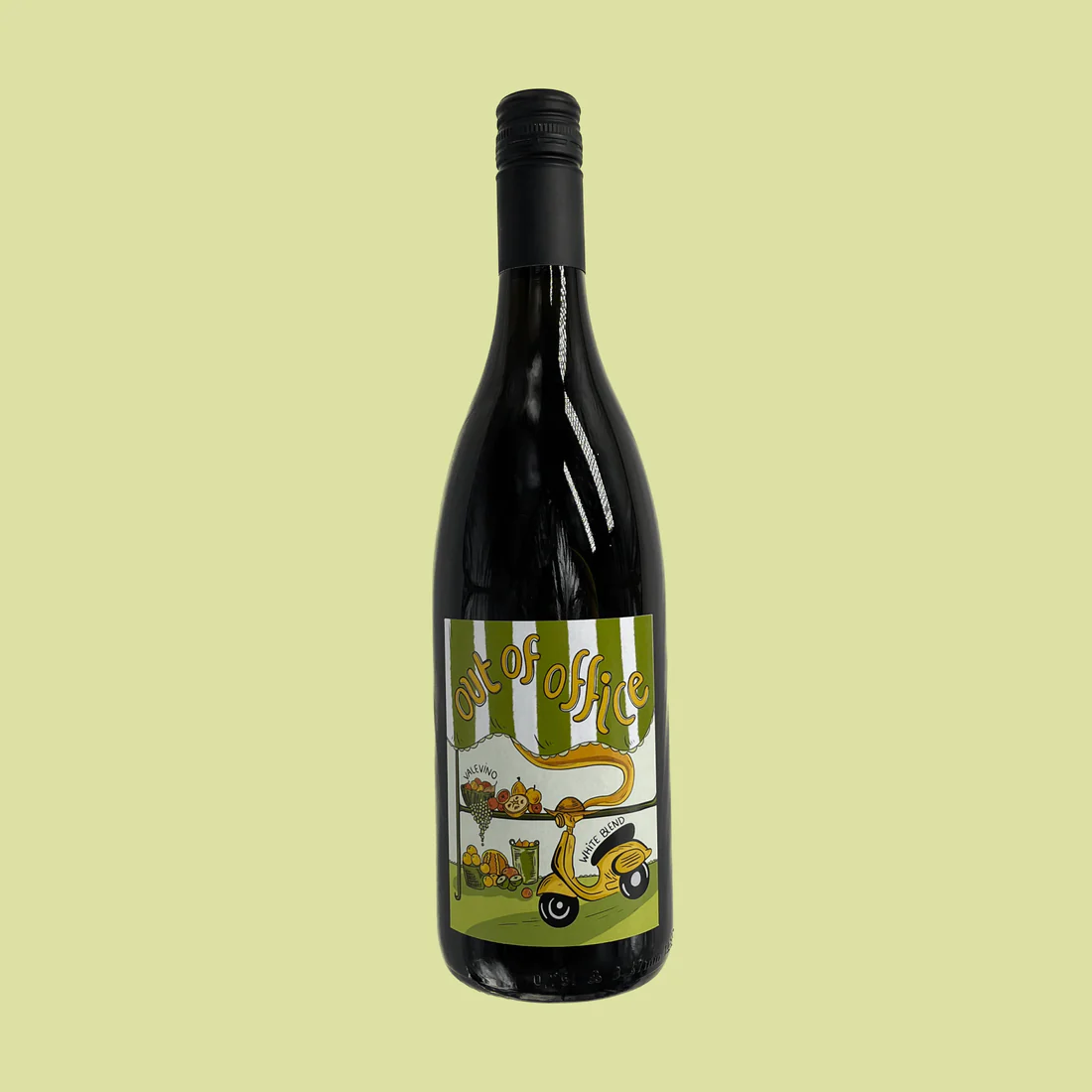To our dearest friends in wine,
We started Vinat for you.
We love wine and its ability to bring people together, but we grew frustrated with how overcomplicated and intimidating it could be.
We found all the “rules” around wine to be confusing. Why couldn’t I pair a red wine with this food? How do I know if the wine needs to sit before it’s ready to drink? Why is my friend telling me this is the best wine in the world, but I don’t like it?
As we began diving deeper into the wine space we started to learn some harsh truths about the wine industry.
What started from a desire to make wine more fun and approachable turned into a mission to bring more female representation into the wine industry and champion higher quality standards.
We source wines from Europe because European Union (EU) quality standards are incredibly strict.
We believe it’s important to know what you’re putting in your body, and we had some concerns about what isn't required to be disclosed on labels for wines made in the US.
A primary difference between the US and European wine industries is the use of additives in wine. Additives can change things like the taste, color, and alcohol levels of wine.
The EU allows for fewer additives (~60 are permitted in the EU and 70+ are allowed in the US), and strictly regulates their use. Not all wine additives are bad. Things like yeast are added during the wine production process to convert the grapes from fruit to wine.
Many people have compared US winemaking to chemistry. There are several things allowed in US winemaking, such as watering down the wine and adding dyes and concentrates, that are rarely or never permitted in the EU. Below are some common differences in additives used in US winemaking.
1. Mega Purple and Ultra Red (highly concentrated grape juices that are used to change the color and sweetness of wine).
US - These additives are commonly used to adjust the taste and color of American wines.
EU - Mega Purple and Ultra Red are highly regulated in the EU and, in most countries and situations, are not allowed to be used.
2. Adding water to wine
US - The US allows adding some water to change the concentration/alcohol levels of wine.
EU- In the EU, the addition of water is forbidden at any stage “except where required on account of a specific technical necessity."
3. Adding acids to wine
US - Adding acids to balance wine is common and permitted in many parts of the US.
EU - Adding acids to wine is highly regulated and permitted only under specific conditions.
4. Adding sugar to wine
US - In some states, sugar is allowed to be added to wines.
EU - The addition of sugar is highly regulated and only allowed in specific circumstances.
Sources: Wine Scholar Guild, Alcohol and Tobacco Tax Trade Bureau, European Commission: The EU Wine Regulation
Our analysis was done at a US Federal and European level. Within the US there and EU there may be stricter regulations at a state, country, or regional level.
The National Institutes of Health (NIH) considers 76 legal additives allowed in US wines; 10 are classified as “health hazards,” and 2 are considered acute toxins.
Source: The National Institutes of Health (NIH)
Wine Additives Considered Health Hazards by NIH (2 are acute toxins)
- Cellulase: Used to clarify wine
- Carbon: Used to clarify wine, or to remove color in wine
- Acetaldehyde: Color stabilization in wine
- Hydrated Aluminum Silicate: Used to clarify/stabilize wine
- Dimethyl dicarbonate: Used to sterilize wine
- Bromelain: Enzyme used in wine
- Silicon Dioxide: Used to clarify wine
- Dimethyloxosilane: Defoaming agent
- Sulfur Dioxide: Used to preserve wine
- Ficin: Enzyme used in wine
Our analysis was done at a US Federal and European level. Within the US there and EU there may be stricter regulations at a state, country, or regional level.
Approximately 95% of non-organic grapes tested by the United States government contained detectable levels of pesticides.
The EU has stricter regulations around the use of pesticides than the US. In 2013, the European Union voted to ban three of the most common: imidacloprid, clothianidin and thiamethoxam. Those pesticides and others are still used widely in the United States.
According to the European Environmental Agency, human exposure to pesticides is linked to chronic illnesses such as cancer and heart, respiratory and neurological diseases.
Source: 2024 Shopper’s Guide to Pesticides in Produce, NIH National Library of Medicine, European Environment Agency
Our analysis was done at a US Federal and European level. Within the US there and EU there may be stricter regulations at a state, country, or regional level.
In addition to stricter regulations around what goes in the wine, the EU has mandates in place to ensure environmental protections with wine production.
European bottles contain, on average, 52% recycled material.
Source: SevenFifty Daily
Our analysis was done at a US Federal and European level. Within the US there and EU there may be stricter regulations at a state, country, or regional level.
Throughout the EU, many regions restrict and even forbid irrigation to preserve quality standards and be mindful of water usage.
Irrigating grapes can cause them to grow bigger and produce more wine, but it can also use up a lot of water and result in lower-quality wines.
Source: BKWine Magazine
Our analysis was done at a US Federal and European level. Within the US there and EU there may be stricter regulations at a state, country, or regional level.
Despite women making an estimated 60% of wine purchases in the US, the wine industry continues to be incredibly male-dominated.
Let's break it down...
It’s estimated that only 32% of US sommeliers are women.
Source: Zippia
An even smaller percent of US winemakers are women.
In California, for example, only 10% of wineries have head winemakers that are women.
Source: Women Winemakers by Lucia Alnino Gilbert and John C. Gilbert
"Research from Yale University has found that women actually have more taste buds on their tongues."
"Research from Yale University has found that women actually have more taste buds on their tongues."
In addition to this, "about 35% of women (and only 15% of men) can call themselves “supertasters,” which means they identify flavors such as bitter, sweet, and sour more strongly than others."
"It has been demonstrated that age and gender influenced taste function and that taste function decreased with age, with females seeming to possess better taste function than males."
Source: Yale University, ABC News, NIH National Library of Medicine
All of this is our long way of saying: we don’t need to change, the industry does. That’s why we started Vinat.
Screw the rules. Drink what you like. We’ll make it easy by curating high-quality, European wines for you.
We test all our wines to ensure they taste great right out of the bottle and pair well with a wide range of foods. We have pairing suggestions for when you’re looking to mix things up, but we believe the best wine is the one you like, and the best way to drink it is however you choose!
X
Sarah & Emily






